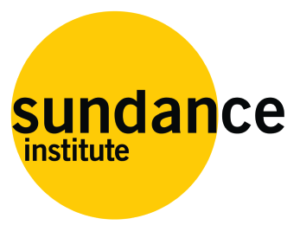The Latest
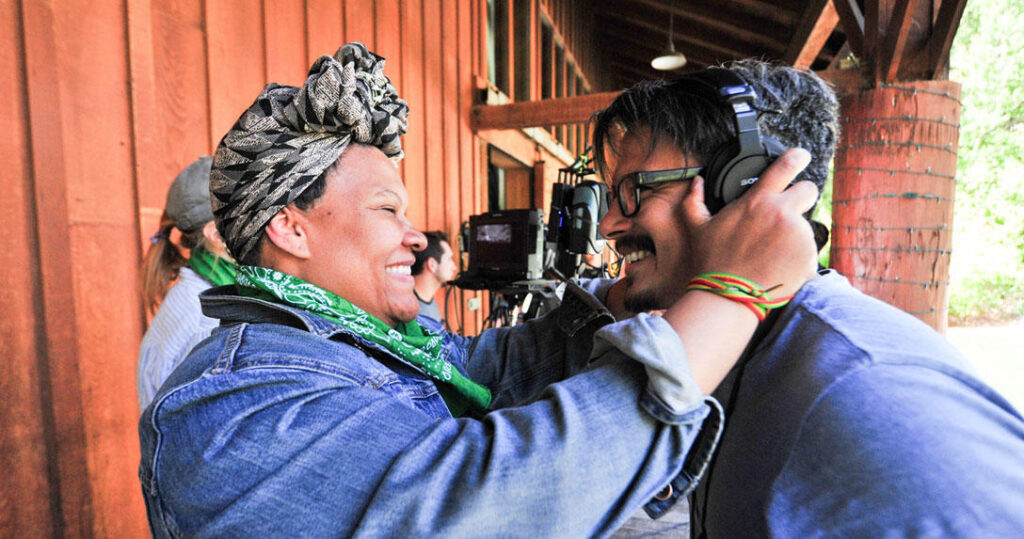
Filmmakers: We’ve Made It Easier for You to Apply for Feature Film Program Support
The Feature Film Program is making it easier for artists to simultaneously submit their feature projects for consideration for numerous avenues of support. We’ve streamlined the application process for filmmakers and consolidated our applications into two tracks:
Development TrackThe development track application allows writers, writer/directors, and writer/director teams to submit a fiction feature in the development phase to be considered for the following programs:
Screenwriters Lab (held annually in January)
Screenwriters Intensive (held annually in March)
FilmTwo Initiative (Intensive held annually in March; for filmmakers developing their second fiction feature)
Sundance Institute Asian American Fellowship
Sundance Institute Latinx Fellowship
Alfred P. Sloan Fellowship and Commissioning Grant (for projects with scientific and/or technological content)
Sundance Institute Open Borders Fellowship (for international directors based outside the U.
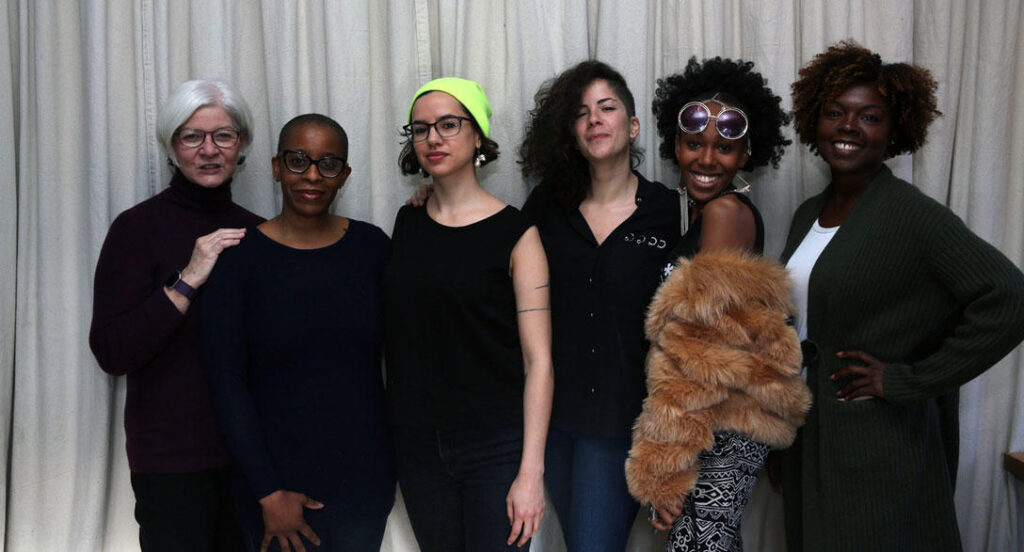
Meet the 2018 Knight Fellows
As part of our commitment to developing and nurturing the next generation of creative voices, Sundance Institute, with the support of the John S. and James L. Knight Foundation annually selects four Knight Fellows to attend the Sundance Film Festival in Park City, Utah.
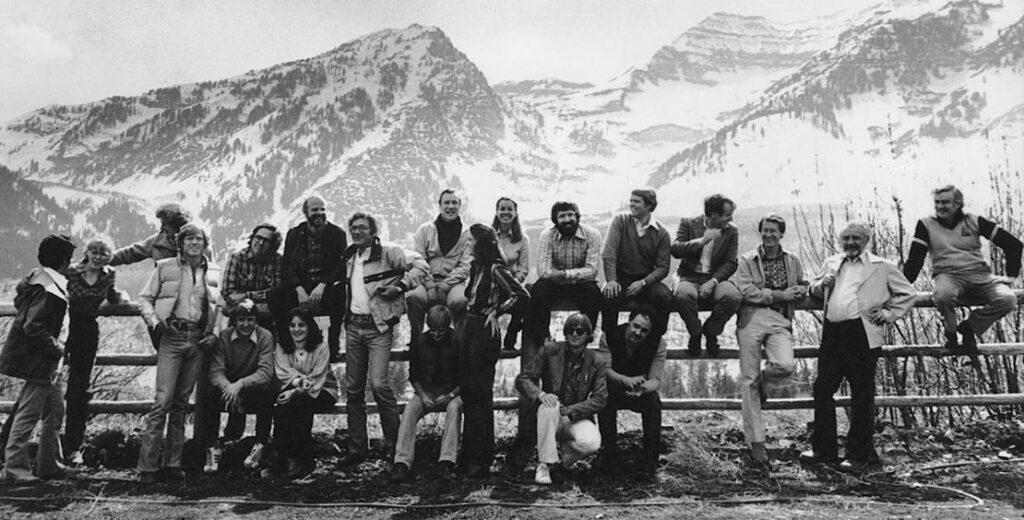
Robert Redford: “The NEA Must Survive—and Thrive”
Editor’s note: For the fourth consecutive year, the Trump Administration has proposed to eliminate funding for the National Endowment for the Arts. This Arts Advocacy Day, we’re re-publishing a letter from president and founder Robert Redford recognizing the NEA’s formative role in developing Sundance Institute, as well as its continued importance today. If you’d like to join the conversation, please visit the Americans for the Arts’s Action Center to send a customizable message to your elected representatives.
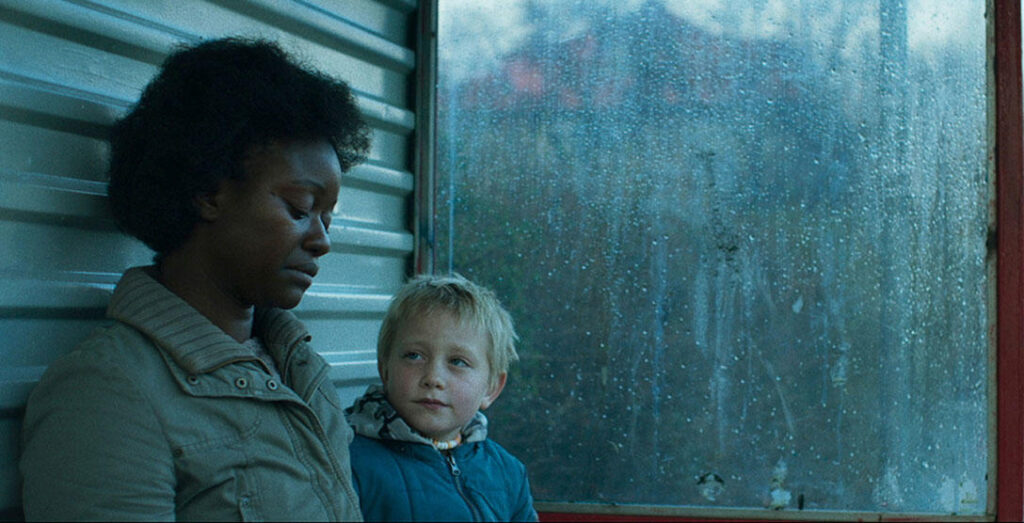
Celebrating Women Cinematographers This March—and Also Forever
So far, 2018 has already brought us TIME’S UP, the Dora Milaje, and Chloe Kim. When it comes to celebrating women, we don’t necessarily need a designated month. But it doesn’t hurt.
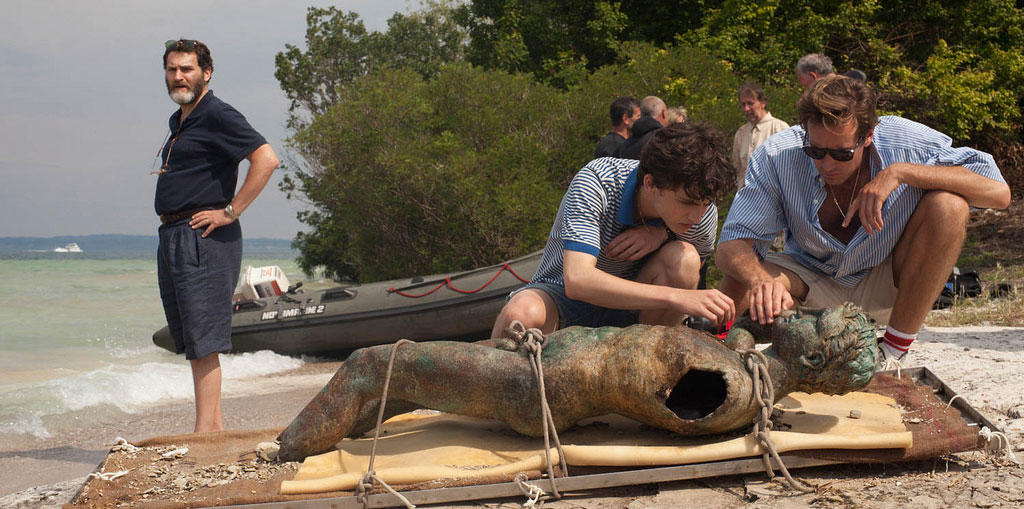
‘Get Out’ and ‘Call Me By Your Name’ Lead the Way Among 16 Oscar Nominations for Sundance-Supported Films [Updated]
Editor’s Note: This article was originally published Tuesday, January 23. Award winners that received support through Sundance Institute’s artist programs and/or the Sundance Film Festival are updated below in bold.You could hardly map out more disparate trajectories for the three Sundance-supported films making the most Oscars noise this Tuesday.
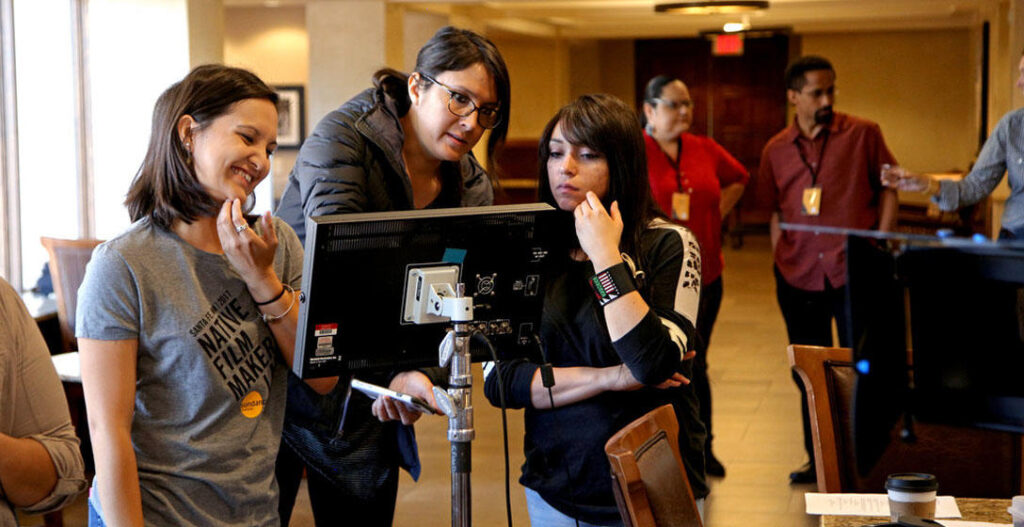
“We Are Not Alone in Our Struggles”: A Call for Native Voices to Take Back Ownership of Their Stories
Erin Lau is a Native Hawaiian filmmaker and 2017 Sundance Institute Native Lab Fellow. She has written and directed multiple award-winning shorts that have screened at festivals around the world. Below she writes about her experience as a fellow and the importance of elevating Native voices.
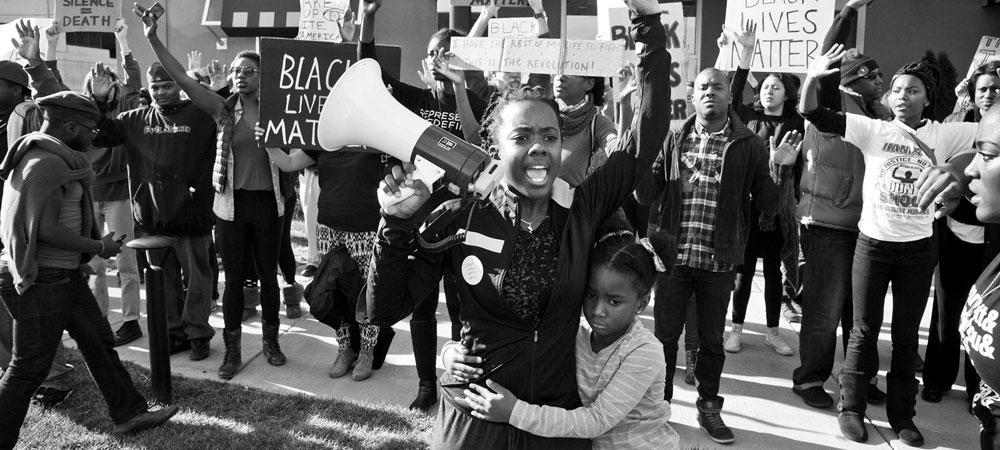
6 Sundance-Supported Artists to Watch This Black History Month
In a month dedicated to observing the achievements of black Americans, we are witnessing the emergence and successes of Sundance alum Ryan Coogler’s new film Black Panther. The Marvel film recorded the second-biggest four-day opener of all time at the domestic box office with $242 million, while grossing $427 million worldwide.
The film marks an indelible moment for an industry that fails to fully reflect on screen the vivid diversity that exists off of it.

Tisha Robinson-Daly: Screenwriters, Are Your Characters Showing Us or Telling Us Their Stories?
Last November, Tisha Robinson-Daly attended the Sundance Institute Philadelphia Screenwriters Intensive, supported by the John S. and James L. Knight Foundation, and led by filmmaker Katherine Dieckmann.
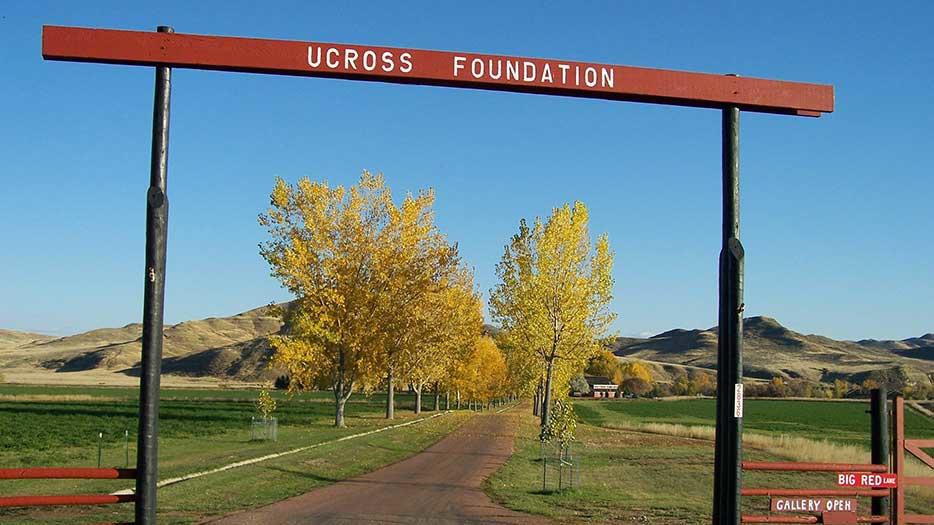
Seven Global Theatre Artists Convene at Sundance Institute Playwrights & Composers Retreat at Ucross Foundation
Artist-Centered Residency Supports Theatrical Writing in Development
New York, NY — Seven theatre artists have gathered for the nineteenth annual Sundance Institute Playwrights &
Composers Retreat at Ucross Foundation in Wyoming, currently underway from February 5 to February 23, 2018. Designed to
support theatrical writing in its earliest stages, the residency is dedicated to uninhibited creativity, peer mentorship
and professional growth. This year’s group of artists includes playwrights,composers, and cross-genre theater makers.
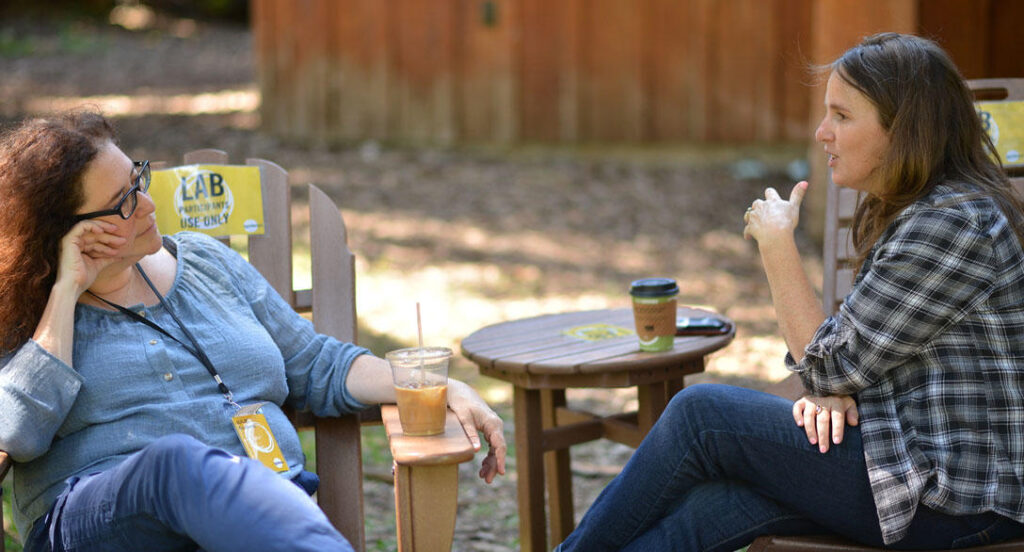
Producer to Producer: “How One Van Ride Changed My Life”
Amanda Spain is a documentary filmmaker and 2016 Documentary Film Creative Producing Lab Fellow who is currently producing “Bathtubs Over Broadway” (formerly known as “The Industrial Musicals Movie”).
I’ve always believed there are very few life-changing moments. Instead, I have thought our journey is made up of a series of small moments that take us down twists and turns that become our story.
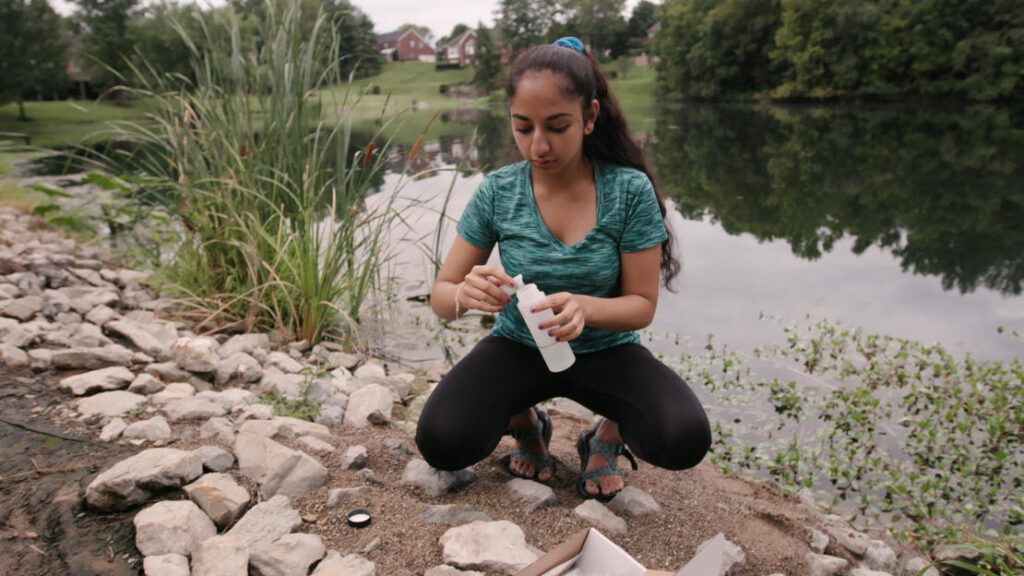
2018 SUNDANCE FILM FESTIVAL: SCIENCE FAIR WINS FIRST-EVER FESTIVAL FAVORITE AWARD
All 123 Features Screened at 2018 Festival Eligible for New Award
Los Angeles, CA — Sundance Institute today announced
Science Fair as the winner of the first-ever Festival Favorite Award, selected by audience votes from the 123 feature
films screened at the 2018 Sundance Film Festival, which took place in Park City, Salt Lake City and Sundance, Utah,
January 18-28. The Festival Favorite Award is the 29th and final recognition bestowed on this year’s Features, including
juried prizes and category-specific Audience Awards; others were announced at a ceremony in Park City on January 27 and
a full list is available
here.
Science Fair
, which had its world premiere at the 2018 Festival, follows nine high school students from around the globe as they navigate
rivalries, setbacks, and of course, hormones, on their journey to compete at the international science fair.
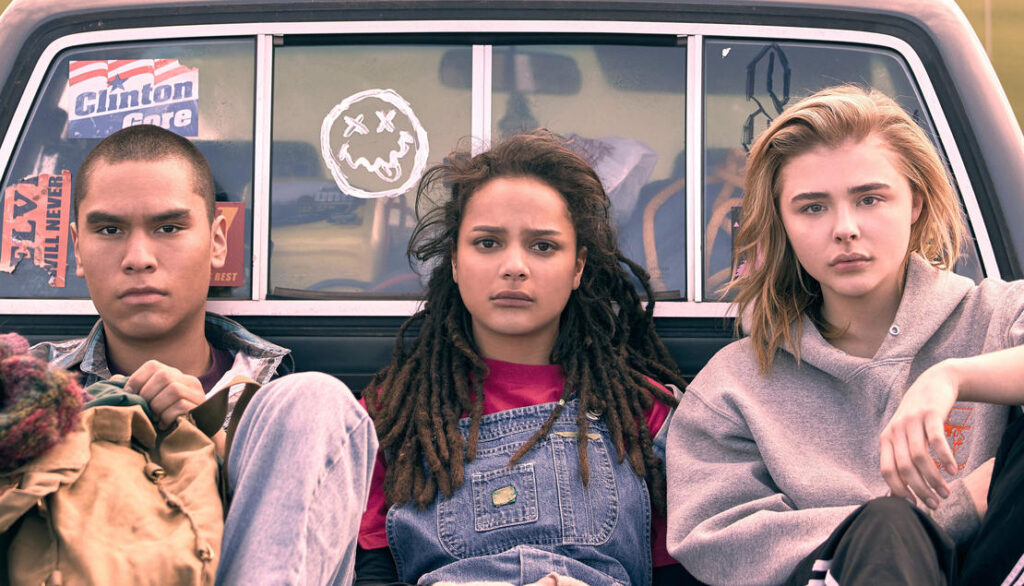
2018 SUNDANCE FILM FESTIVAL AWARDS ANNOUNCED
Top Prizes Go To
The Miseducation of Cameron Post, Kailash, Of Fathers and Sons, and
Butterflies
Search, Burden, The Sentence and
The Guilty Win Audience Awards
The Miseducation of Cameron Post
, Credit: Jeong Park
Park City, Utah — After 10 days and 123 feature films, the 2018 Sundance Film Festival’s Awards Ceremony
took place tonight, with host
Jason Mantzoukas emceeing and jurors presenting 28 prizes for feature filmmaking in Park City, Utah. Honorees,
named in total below, represent new achievements in global independent storytelling. Bold, intimate, and humanizing stories
prevailed across categories, with Grand Jury Prizes awarded to
The Miseducation of Cameron Post (U.
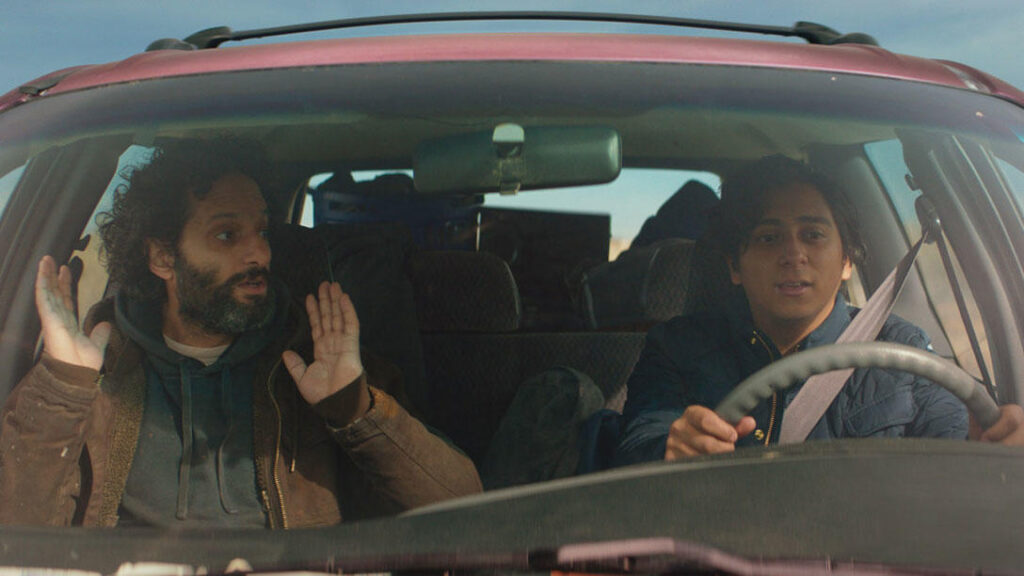
Day 9: Jason Mantzoukas Leads the Unlikeliest of Buddy Comedies; Spike Lee Returns with ‘Pass Over’
Sundance.org is dispatching its writers to daily screenings and events to capture the 10 days of festivities during the Sundance Film Festival in Park City, Utah. Check back each morning for roundups from the previous day’s events.
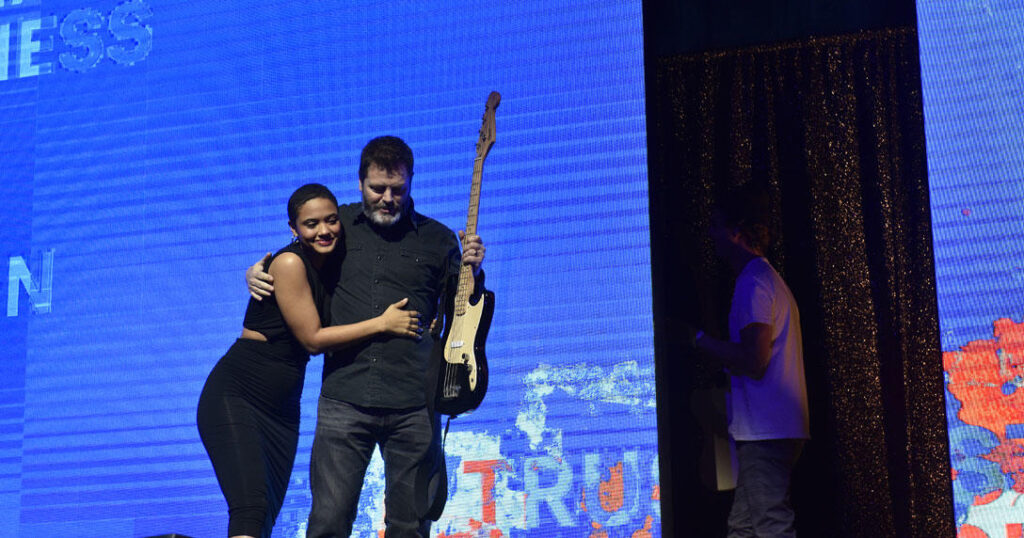

Filmmakers Awarded Inaugural Sundance Institute Open Borders Fellowship Presented by Netflix
Sundance Institute Selects Three Filmmakers for 2018 Sundance Institute Open Borders Fellowship Presented by Netflix, in
Recognition and Support of Emerging Independent Filmmakers Working in Narrative and Documentary Film
Park City, Utah — Sundance Institute, in a new collaboration with Netflix, today announced the recipients of the
inaugural Sundance Institute Open Borders Fellowship presented by Netflix. The Institute’s Feature Film and Documentary
Film programs worked in collaboration to select three of the most exciting emerging filmmakers, working in both narrative
and nonfiction forms. Designed to support distinctive new voices in world cinema, the fellowship includes a development grant, a trip to the 2018
Sundance Film Festival in Park City to receive the award and attend a curated slate of industry meetings, networking opportunities,
panels, and screenings.
